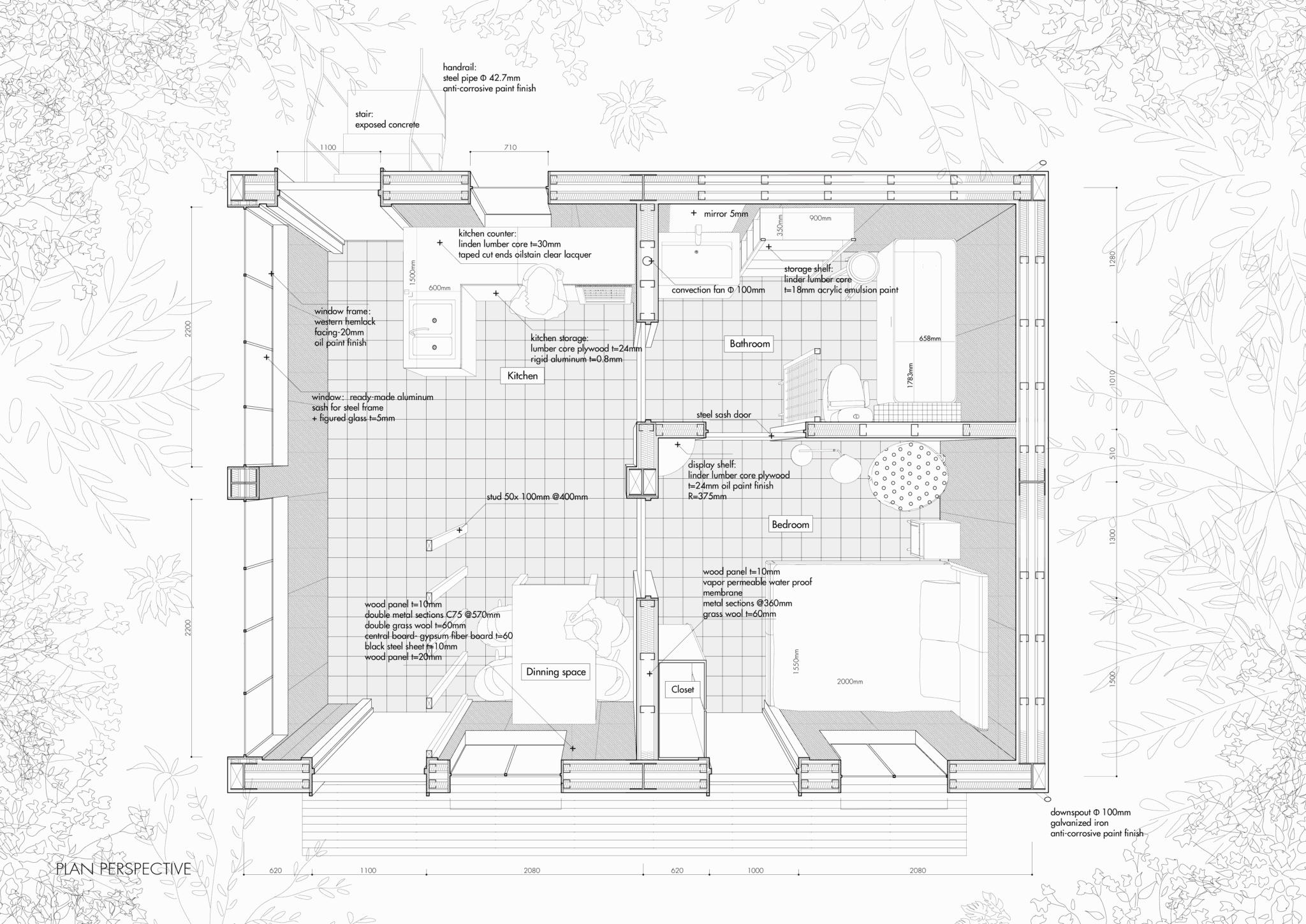We caught up with the brilliant and insightful Yichang Zhang a few weeks ago and have shared our conversation below.
Yichang, looking forward to hearing all of your stories today. Can you talk to us about serving the underserved.
I focus on the Asian first-generation immigrant community through multiple avenues, including public space design, publications, and photography. As a first-generation Chinese immigrant myself, I’ve witnessed many friends experience anxiety and a sense of cultural disconnection. Through my work, I hope to give voice to the emotions of minority communities and celebrate the richness and beauty of our cultural heritage.

Yichang, love having you share your insights with us. Before we ask you more questions, maybe you can take a moment to introduce yourself to our readers who might have missed our earlier conversations?
With a background in architectural design and a strong interest in public space and human interaction, I have developed skills in public, immersive, and experiential design. I also collaborate with friends on projects ranging from paper structure design and game design to graphic design. As you can see, I’m deeply engaged in interdisciplinary work, which allows me to explore different ways of telling stories through various mediums.

Can you tell us about a time you’ve had to pivot?
When I was still studying at Columbia University, I went on a field trip to Ghana, Africa. At first, I felt overwhelmed by the unfamiliar culture and experienced a strong sense of impostor syndrome. But on the last day, I ventured alone to a so-called “slum” area and met with the community leader.
The area had once been a dumping ground for waste, including imported garbage. However, in the last century, an architect built a small workshop there. He believed that “you can only create something once you understand what is straight—using a ruler.”
When I spoke with the local leader, he told me that today, the most powerful thing in their community is the name of that architect. That story deeply inspired me and gave me a new sense of purpose.

For you, what’s the most rewarding aspect of being a creative?
“We owe it to the fields that our houses will not be the inferiors of the virgin land they have replaced. We owe it to the worms and the trees that the buildings we cover them with will stand as promises of the highest and most intelligent kinds of happiness.”
I encountered this idea when I first stepped into the world of design, and it has stayed with me ever since. Even now, it deeply influences how I see my role as a designer. For me, the commitment to creating happiness—even for a non-human animal—is what reminds me that I’m truly alive. That happiness can take many forms: decorating a home, celebrating a moment, or placing a sculpture in a public space. Each of these acts, no matter how small, makes me feel like I’ve contributed something meaningful to the world.
Contact Info:



